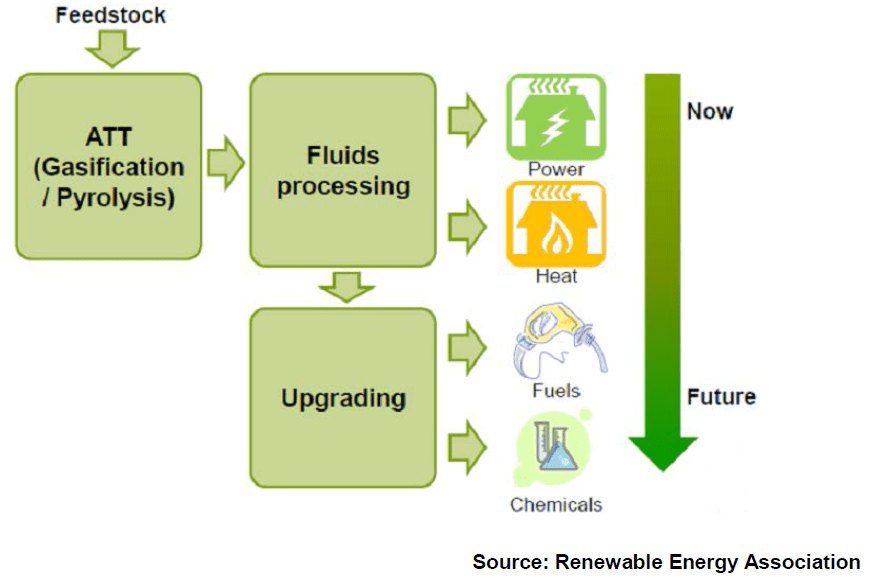A large number of biomass feedstocks, including energy crops, wastes and wood pellets, can be transformed into syngas and used to produce energy, or synthesise biodiesel and other chemicals. A more systematic and optimised use of this technology will be beneficial in solving the energy trilemma of reducing emissions, improving security of supply and reducing the cost of energy. Biomass gasification can ensure security of supply because of the potentially unlimited nature of biomass as a fuel source, reduce emissions compared to fossil fuels due to the inherent carbon neutrality of sustainable biomass, and eventually lower the cost of energy as a consequence of the optimal use of biomass and gradual improvement of gasification process efficiencies. To optimally exploit the flexibility (in terms of feedstocks and producer gas) of biomass gasification technologies, a better understanding of the process is required, which can be strongly accelerated by using computer aided engineering (CAE) toolkits. A robust simulation toolkit for biomass gasification is a necessary step to speed up the analysis, understanding and, ultimately, optimisation of this technology. The Bio-GaTe project aims to assess the feasibility of optimising biomass feedstocks for gasification and their impact on the process techno-economics using a combined virtual engineering and laboratory scale experiments-based approach.

The Bio-GaTe project is led by CMCL Innovations and is executed in partnership with the University of Glasgow. CMCL has develop a hierarchy of advanced physico-chemical process engineering models, integrating kinetics and fluid dynamics, for the simulation of biomass gasifiers fed with regular (e.g. wood pellets) and alternative feedstocks (wastes), which will be used to identify and control process efficiency, syngas composition and the tar content. The consortium has carried out validation of the toolkit against measurements from available experimental facilities to demonstrate model predictability for gasifiers. Advanced sensitivity and uncertainty analysis, coupled with the hierarchy of developed models, will be implemented to identify the most sensitive design and operating parameters, and the influence of the technical uncertainties (e.g. feedstock characteristics, equivalence ratio, etc.) on the techno-economic decision variables such as conversion efficiencies, regulated emissions, capital and operating costs.

